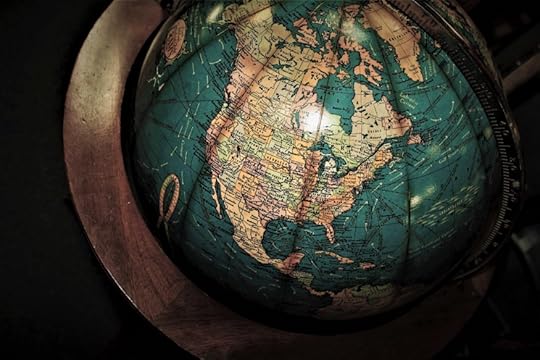Cultural Assimilation Shouldn’t Be a Game of Choose Your Own Acceptance

As a missionary kid, I was born in Japan where I was cooed over by elderly Japanese women and college students. I even made an appearance in a Japanese newspaper when a surgeon did work on my tear ducts. When we moved back to the U.S., my life continued to be filled with Japanese people. Eating rice for breakfast was a normal thing, and I regularly grossed my American school friends out by eating it for lunch with the seaweed-based condiment, furikake. My mother’s kitchen cabinets were nearly ruined by two young women making tempura in our house. I own a blanket that belonged to a Japanese student killed in a car accident while studying at my home university.
To this day, my family’s ‘traditional’ family meals are shabu shabu (hot pot) and golden curry. My cheap go-to snack is packaged yakisoba. My most prized kitchen appliance is a rice cooker. Japanese food is, for better or worse, part of my identity. I know things about it. Not the way a Japanese person knows things. But more than many white Americans.
It’s hard to know what to do with this. Because this culture isn’t mine. I am not a Japanese American and my claim on any part of that identity is overshadowed by the fact that I have a connection because my parents were missionaries in Japan, which isn’t really a comfortable thing either. Colonialism. American imperialism. Religious piety. It doesn’t feel like something I’m allowed to have. And yet, familiarity with Japanese food, and Asian food in general, is everywhere.
I’m currently reading Heather Diamond’s memoir,
 , about her experiences as a white American trying married to a Chinese man. Early in the book, she’s breaking up with her first husband and they have a series of conversations in restaurants. The first one is Chinese, the second is Japanese. These were regular places for them even before she had that connection to China. Later in the book, she shares the story of being on a fellowship in China and riding the train with other fellow white Americans. They make a list of all the things they hate about China. It’s an uncomfortable scene, but it rings true from my experience in college studying abroad, and of other experiences I’ve heard about with white Americans in places where they don’t blend in. We like to pick and choose what we like about ‘difference.’
, about her experiences as a white American trying married to a Chinese man. Early in the book, she’s breaking up with her first husband and they have a series of conversations in restaurants. The first one is Chinese, the second is Japanese. These were regular places for them even before she had that connection to China. Later in the book, she shares the story of being on a fellowship in China and riding the train with other fellow white Americans. They make a list of all the things they hate about China. It’s an uncomfortable scene, but it rings true from my experience in college studying abroad, and of other experiences I’ve heard about with white Americans in places where they don’t blend in. We like to pick and choose what we like about ‘difference.’It occurs to me that I am actually more like white Americans than I used to think when I was grossing other kids out with furikake. The food of other cultures, especially Japanese food, Thai, and Americanized Chinese, has become part of America. It is something we do without really thinking about where it comes from or the traditions behind it. This line between cultures is fuzzy.
In the wake of the shootings in Atlanta, and the myriad other hate crimes against Asian Americans and Asians living in the U.S. that have gone widely unreported during the pandemic, it seems a great injustice that we’ve taken this food as our own, but we haven’t fully taken in the people. If we’re going to eat in those restaurants and enjoy knowing how to use chopsticks (or not) and try sashimi instead of California rolls sometime, the least we can do as white people is support the people who are part of that food. They are part of us and have been for almost as long as there has been an America. Acceptance does not mean picking and choosing what we like or what feels familiar. It means valuing everything.
Published on April 02, 2021 09:17
•
Tags:
asian-culture, international-travel, missionaries
No comments have been added yet.



